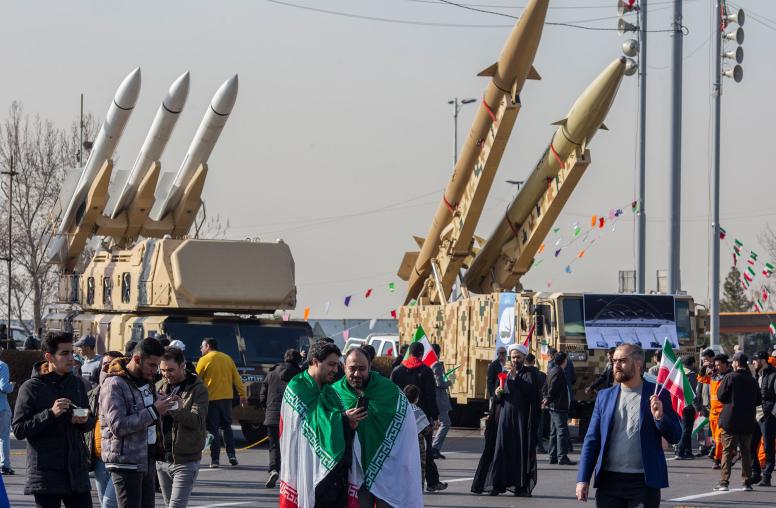Muddling toward Democracy: Political Change in Grassroots China
Peaceworks No. 23
Among the most significant political reforms implemented by the Chinese government since 1989 is the introduction of competitive elections into rural villages. This study, based largely on fieldwork conducted between 1995 and 1997, examines China's efforts to bring competitive elections to the country's rural areas and attempts to explain why local democracy has proved more successful in some places than in others.

Among the most significant political reforms implemented by the Chinese government since 1989 is the introduction of competitive elections into rural villages. This study, based largely on fieldwork conducted between 1995 and 1997, examines China's efforts to bring competitive elections to the country's rural areas and attempts to explain why local democracy has proved more successful in some places than in others. By focusing on the realities and complexities of rural China, the study also attempts to reintroduce China-as-China into public dialogue.
The basis for village elections is a law promulgated in 1987 by the National People's Congress, China's nominal legislature, which specifies that village leaders be directly elected by the villagers themselves for terms of three years. Elected village leaders are not government officials. Rather, they are transmission belts between the government and the villagers, reporting popular opinion and proposals to the government, helping to maintain social order, and mediating civil disputes. The election law is less the result of popular demand than of an unusual alliance between conservative party leaders, who believe that democratic elections will help maintain stability and thus preserve party authority, and younger government reformers, who have been influenced both by Western political values and by the success of democratic reform in Taiwan.



